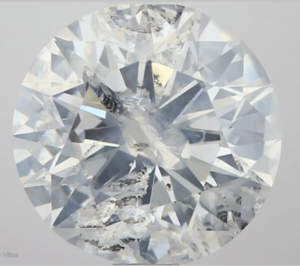- Joined
- Sep 2, 2002
- Messages
- 2,859
In another ongoing thread, Garry and I are in disagreement with relation to this topic. I am stating that I do not see a current direct relationship between the color-scale and rarity of these colors. In other words, somebody stating that D is more expensive because it is more rare, I disagree with.
Garry states that HIJ can be found in abundance in comparison to DEF.
So, here is my research of today. I checked the main wholesale trading-site of diamonds, Rapnet, for numerical info on available colors.
If I take the number of listed D's (regardless of lab) as 100, here is what is available:
D: 100
E: 102
F: 114
G: 123
H: 107
I: 91
J: 70
K: 42
L: 22
M: 15
Granted, Garry raises the point that many KLM from nature will not appear on a site like Rapnet, but will go through other marketing-channels.
However, D through J, the numbers do not in any way give the impression that D is far rarer than I or J. And the abundance of HIJ versus DEF is also not visible in these figures.
Live long,
Garry states that HIJ can be found in abundance in comparison to DEF.
So, here is my research of today. I checked the main wholesale trading-site of diamonds, Rapnet, for numerical info on available colors.
If I take the number of listed D's (regardless of lab) as 100, here is what is available:
D: 100
E: 102
F: 114
G: 123
H: 107
I: 91
J: 70
K: 42
L: 22
M: 15
Granted, Garry raises the point that many KLM from nature will not appear on a site like Rapnet, but will go through other marketing-channels.
However, D through J, the numbers do not in any way give the impression that D is far rarer than I or J. And the abundance of HIJ versus DEF is also not visible in these figures.
Live long,





300x240.png)